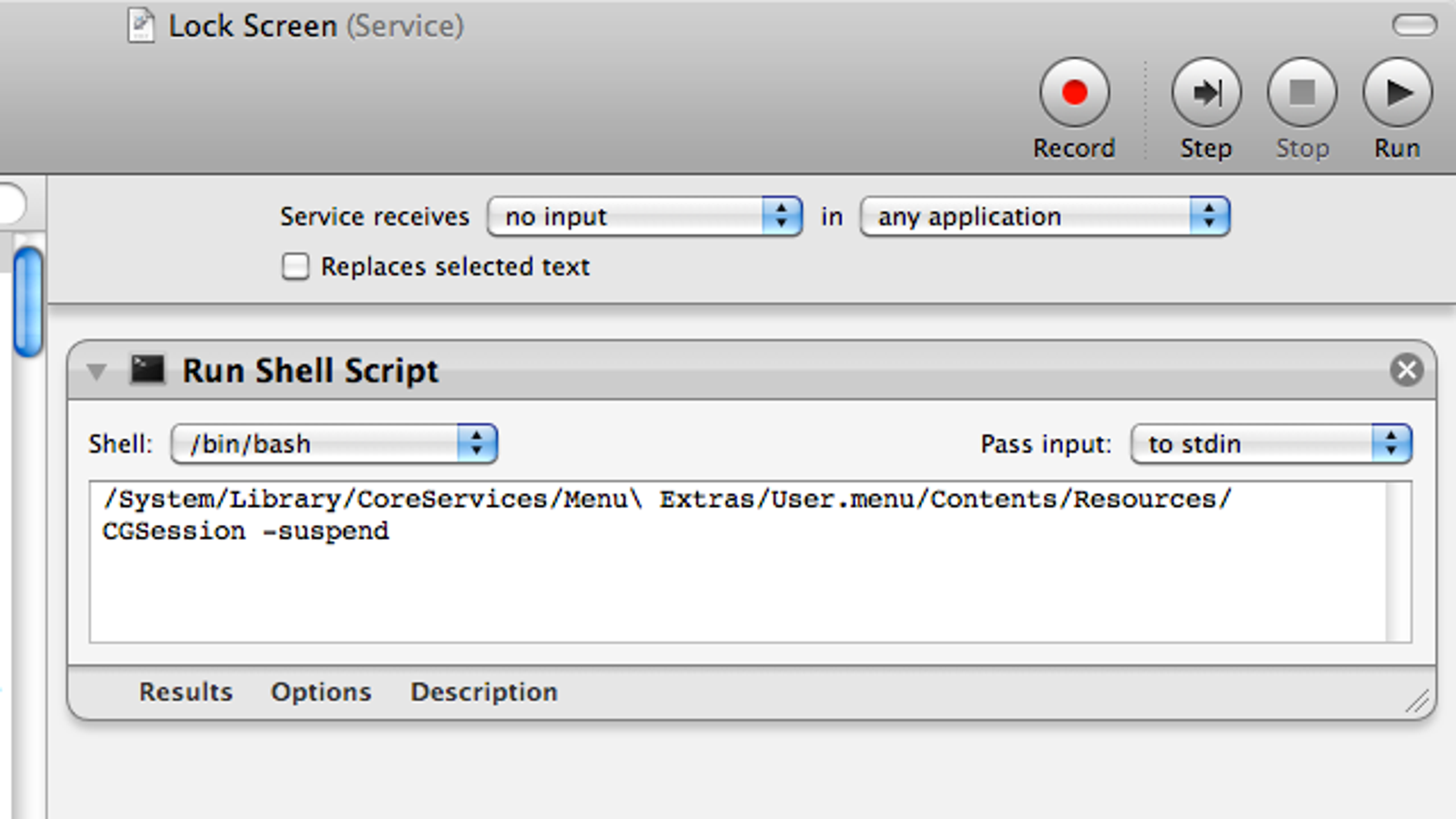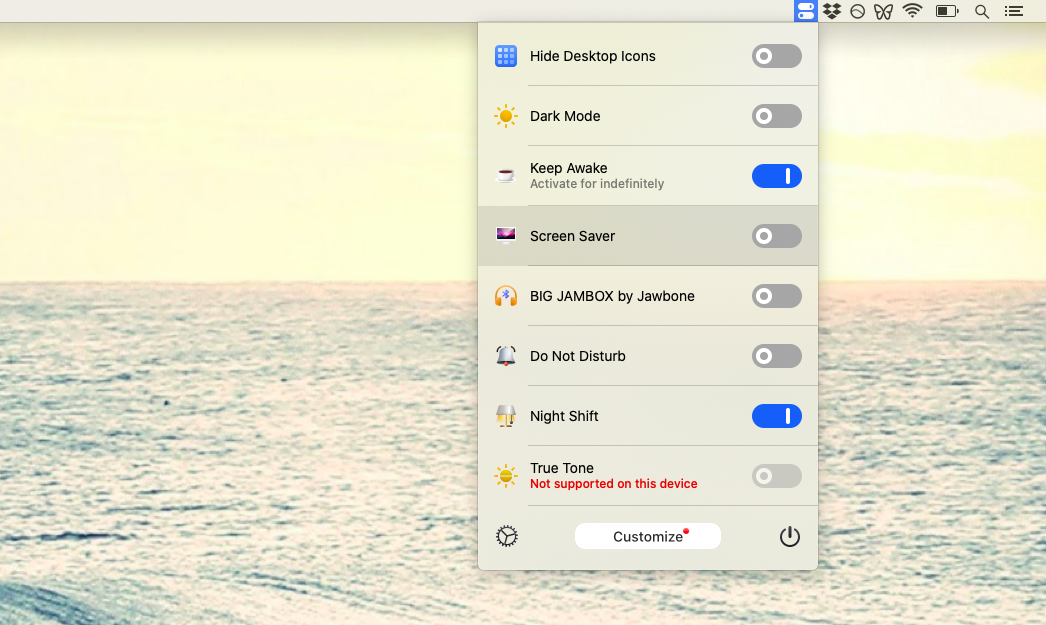

- #MAC LOCK SCREEN SHORTCUT HOW TO#
- #MAC LOCK SCREEN SHORTCUT MAC OS#
- #MAC LOCK SCREEN SHORTCUT PRO#
- #MAC LOCK SCREEN SHORTCUT SOFTWARE#
- #MAC LOCK SCREEN SHORTCUT PASSWORD#
But when locked it keeps the Mac awake with all apps running, internet connectivity enabled for things like mail checking or websites reloading, etc.
#MAC LOCK SCREEN SHORTCUT PASSWORD#
Locking the screen just locks the computer screen, requiring a password before it can be accessed or used again. The end result is basically the same however, though the new variation won’t immediately enable a screen saver, whereas the screen saver based approach always immediately does.īy the way, if you’re using the Lock Screen feature for security and privacy reasons (and you should be if your Mac gets used in any work place, public location, school, or even many home environments) then you’ll also want to be certain you enable FileVault disk encryption on the Mac so that all data on the hard drive is encrypted, further protecting your personal data from prying eyes or potential privacy incursions.ĭo you have any other handy tricks relating to the Lock Screen feature on the Mac? Share them with us in the comments below.
#MAC LOCK SCREEN SHORTCUT MAC OS#
The primary difference between the new Lock Screen option in modern macOS releases versus the older lock screen trick available in earlier Mac OS releases is that the new variation is officially recognized as “Lock Screen” whereas earlier versions of Mac OS would indirectly go about enabling a lock screen by activating the screen saver with password protection.
#MAC LOCK SCREEN SHORTCUT PRO#
Another option is to use an optional Screen Lock button on the Touch Bar of MacBook Pro if you have one of those Macs. In fact, all versions of Mac OS can enable a lock screen associated with the Mac Screen Saver feature as described here that can be activated by keystroke or by a mouse corner.
#MAC LOCK SCREEN SHORTCUT SOFTWARE#
To reiterate, these dedicated Lock Screen keyboard shortcut and menu options are only available to the latest versions of macOS system software (10.13+), but that does not mean that users of prior Mac OS software releases are left in the dark or without similar options to quickly activate a password screen to lock down a Mac.

Just be sure your new keystroke doesn’t conflict with anything else. If you find yourself accidentally quitting apps instead of locking the screen, you may wish to do that.

Note that you can change the Lock Screen keyboard shortcut if you’re unhappy with Control + Command + Q for whatever reason by going to the Keyboard system preferences. Once you hit the command sequence on the keyboard, the Mac screen will instantly lock out, thereby requiring a login to regain access.įor many users, using the keyboard shortcut for Lock Screen will be faster than the menu option, and it’s likely that the keystroke approach is the fastest way to initiate a screen lock procedure on any Mac.
#MAC LOCK SCREEN SHORTCUT HOW TO#
The Lock Screen feature does not log out of the user account, or quit any applications, it also won’t start a screen saver right away, it only locks the screen by bringing up a familiar login window thereby requiring the user name and user password to regain entry to the Mac.Īnother option to enable the Lock Screen feature on the Mac is to use the keyboard shortcut… How to Enable Lock Screen in MacOS via Keyboard Shortcut Locking the screen is instantaneous, and the Mac will require a password to login and regain access.

Once Lock Screen has been enabled, a proper user login and password must be entered before the Mac can be accessed again. With the new Lock Screen feature, you can instantly lock down a Mac through a system-wide menu option, or with a keyboard shortcut.


 0 kommentar(er)
0 kommentar(er)
